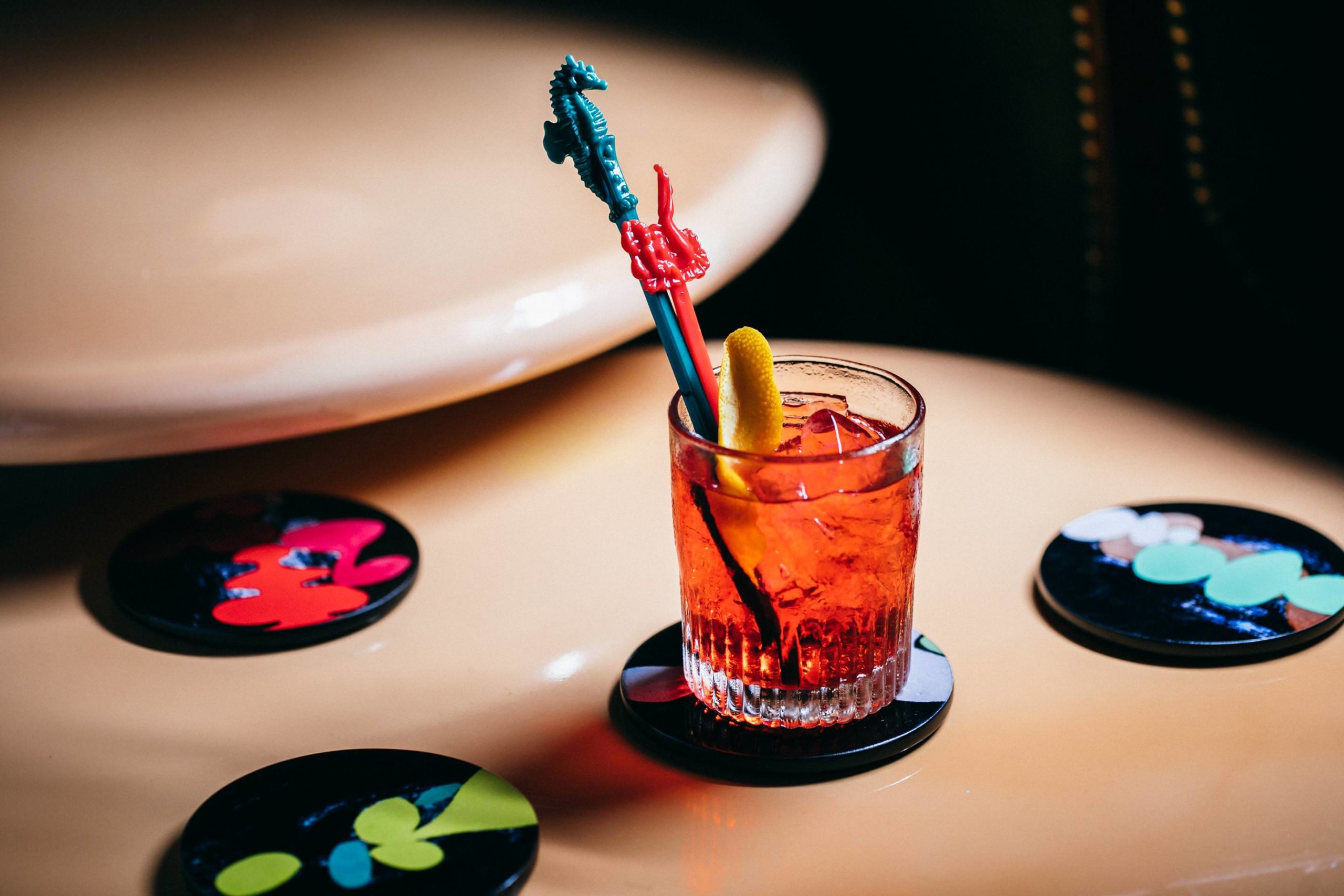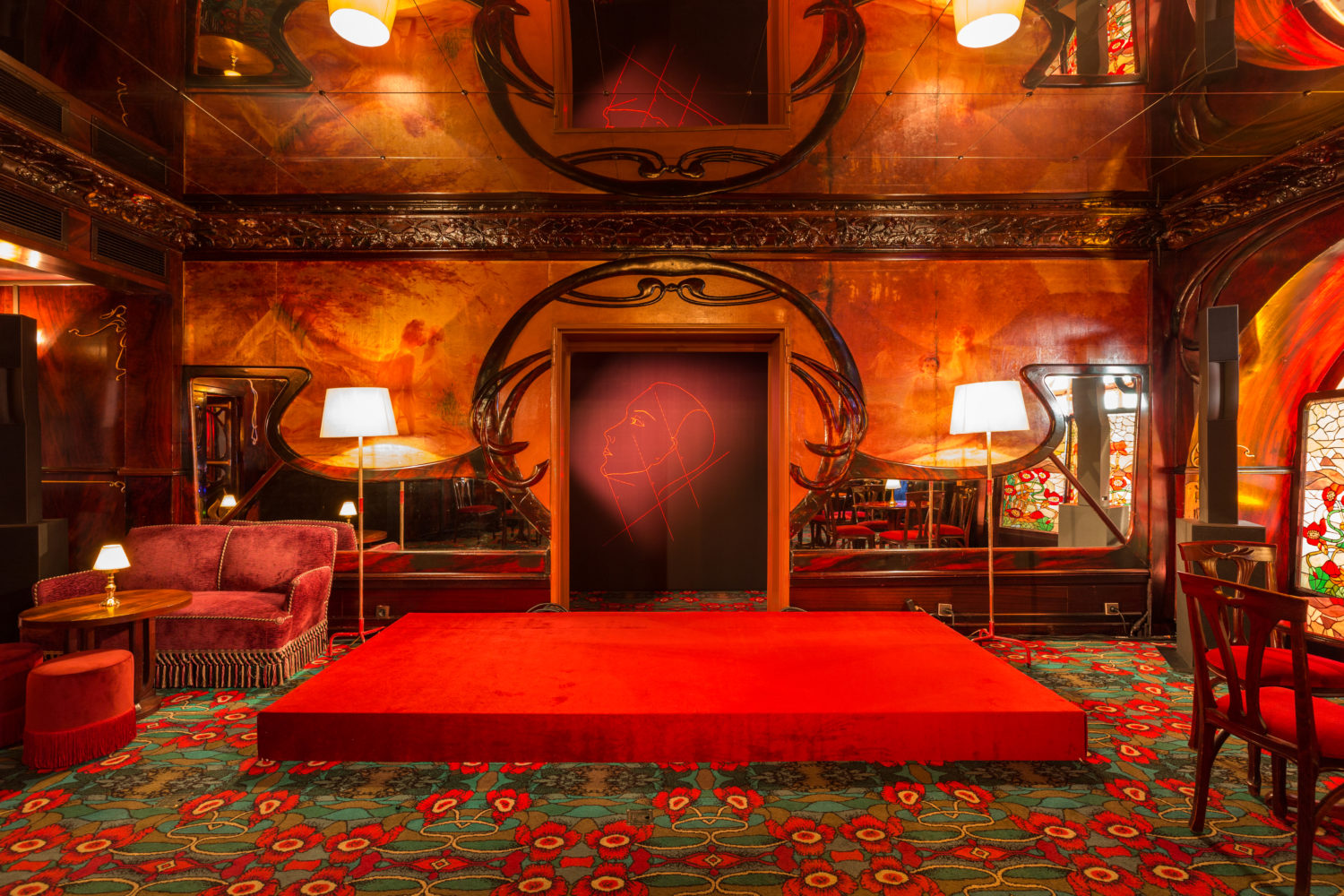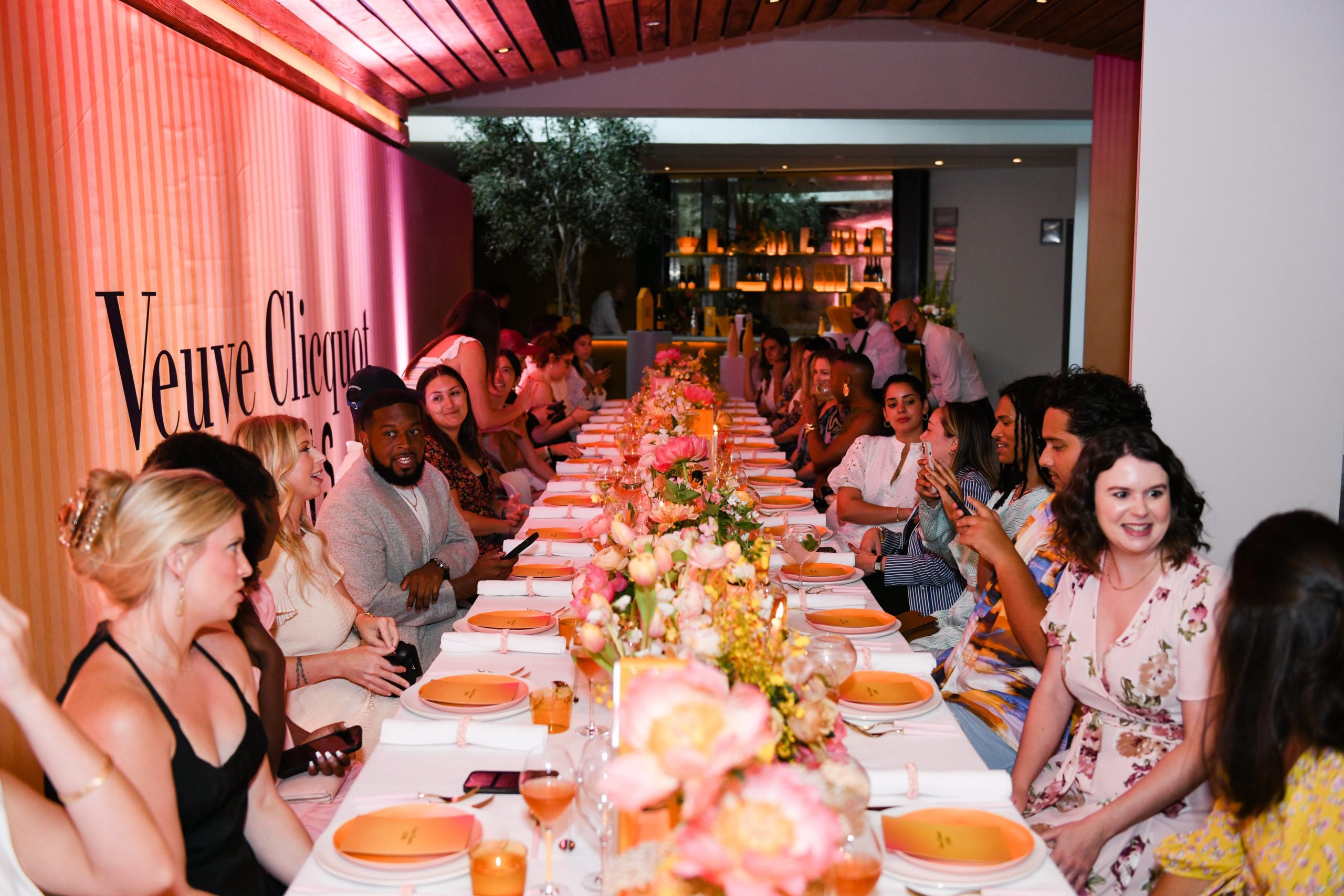Today, almost 90 percent of the United States is under a government-enforced “stay at home” policy. Necessary businesses are the only ones open—like hospitals, grocery stories, and pharmacies. That unfortunately omits most art institutions, and they’ve since had to shutter their exhibitions early. One of these museums is the brand-new Fotografiska in New York, where there’s five exhibitions on view behind closed doors.
Whitewall got in touch with Fotografiska about one of those exhibitions—“Fever Dreams” by Julie Blackmon—to see it virtually. The Missouri-based artist spoke to us about her personal relationship with photography, and how it reflects the place—down to the very same Springfield neighborhood—she’s been living in all her life.
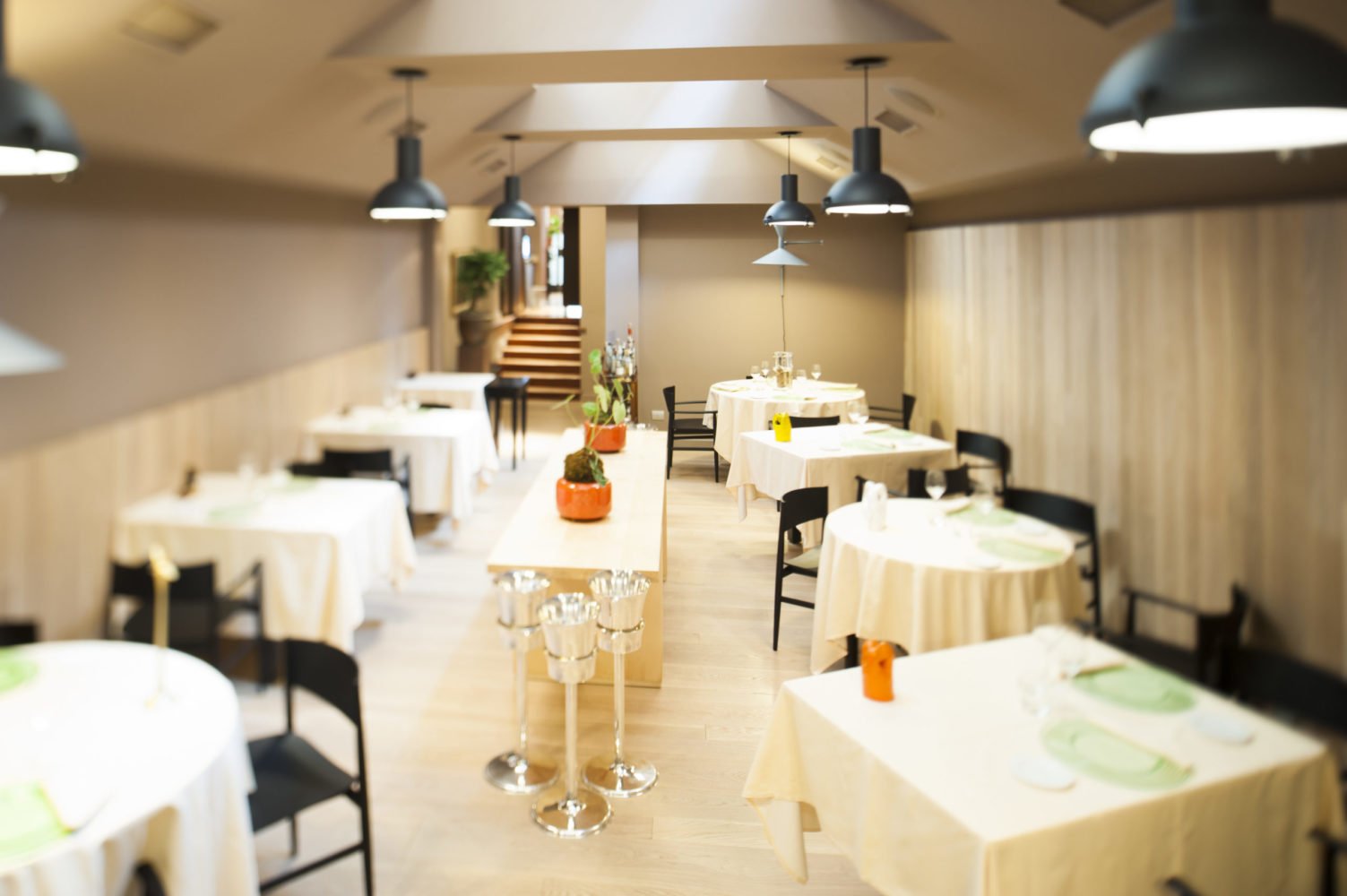
Courtesy of Joia.
WHITEWALL: Everyone has a creative background leading up to today. Can you tell us a bit about yours, and what your beginning spark in art was?
JULIE BLACKMON: I grew up with kind of an eccentric mom. Even though she had nine kids, she had her own thing going. She was an artist herself. It always felt like she was trying to escape us in some way. Whether she was painting a mural on the dining room wall, or even just taking a nap in peace, she might lock us all out, saying we needed fresh air and no more TV. Without exactly “teaching us” about art, I guess you could say she modeled it—long before that was a PC parent thing to do. I remember her setting up an easel outside, doing a watercolor painting of the treehouse in our backyard. Meanwhile, we were all sent inside to clean the bathrooms. We were little, too—about three or four of us under 10 years old at that point.
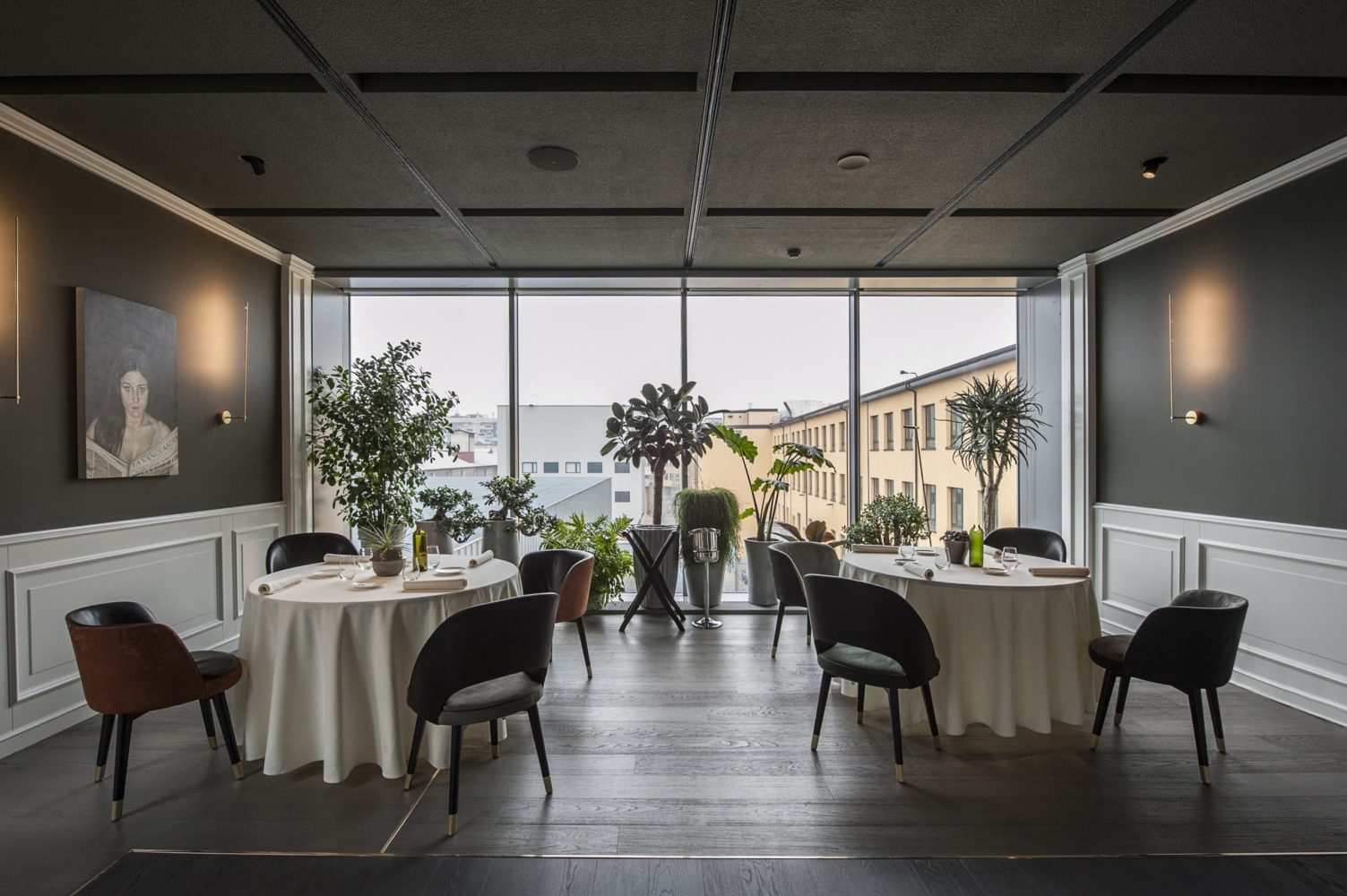
Courtesy of Enrico Bartolini Restaurant.
WW: Your exhibition “Fever Dreams” at Fotografiska unfortunately had to close a bit early. Virtually, though, we still appreciate its beauty. Can you tell us a bit about the show?
JB: I had anticipated the show for a few months, but it wasn’t until I saw the exhibition hung in place before the opening, that I was truly blown away. I guess I’d never considered that a museum space didn’t have to feel like a typical museum or gallery—with the stark white walls and the serious reverent tone with “don’t touch” and other rules posted about. They made it beautiful, with an exceptional palette of colors and textures.
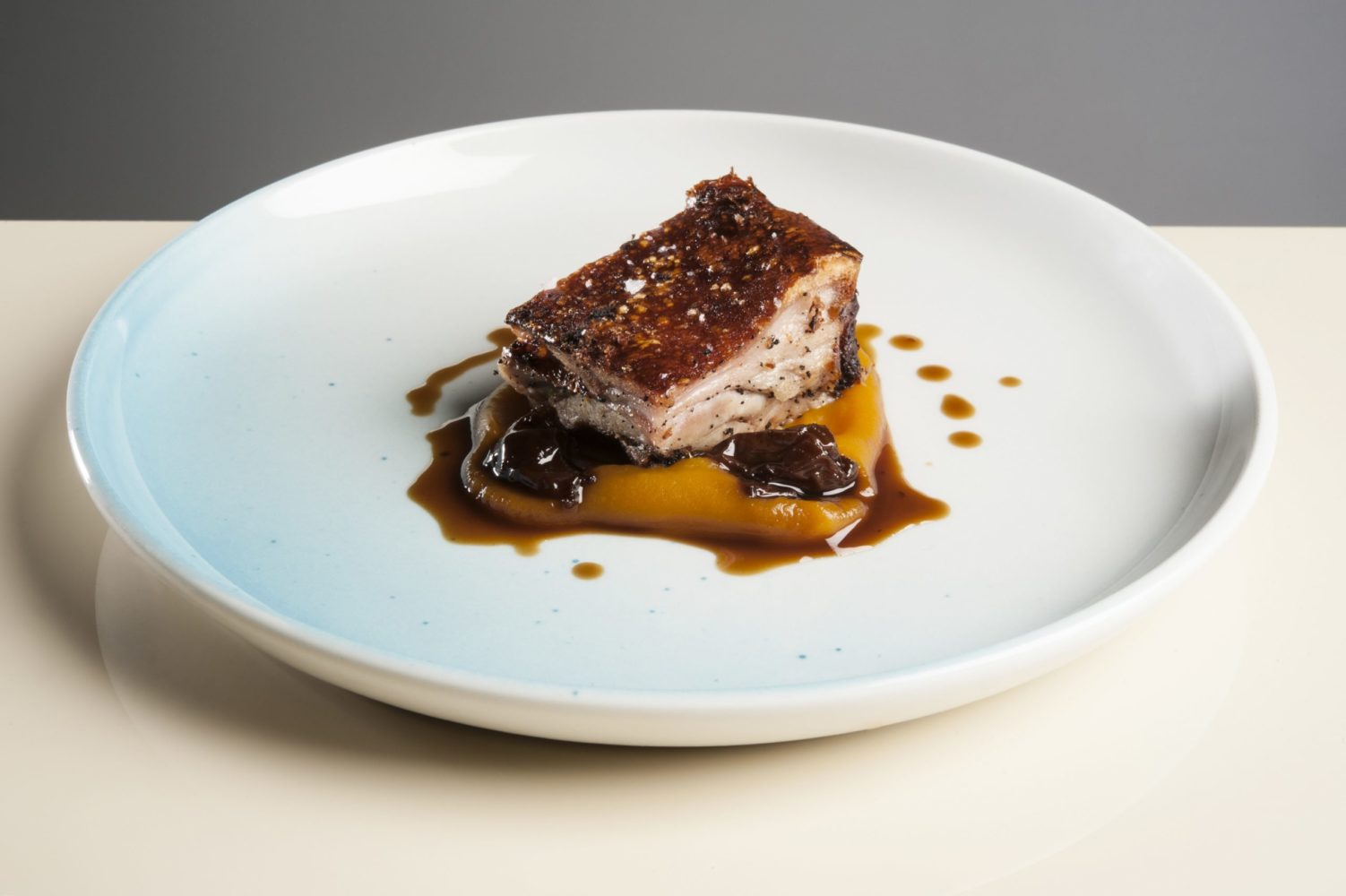
Courtesy of Enrico Bartolini Restaurant.
The floor of my exhibit is faux grass, since so many of my works involve backyard activities. And you could walk around and view the exhibits sipping on the Old Fashioned drink you’d gotten at the bar downstairs. I thought I’d never see the day. And then the way they lit the work, individually, within this dark space, was truly cinematic itself. I’d never seen my work in that context—or anyone’s for that matter. So, it’s been hard to accept the fact it’s closed, and all locked up right now, unable to be seen by anyone—except online. It’s not the same.
WW: How did being a woman, being a mother and a wife, impact your work early on? How about today?
JB: My work is obviously based on my life. But, you know, I was listening to Lena Dunham on NPR talking about Girls a couple years ago, and I do think there’s a danger with women—that all of their work is seen as autobiographical. I don’t think there’s an artist out there—whether they’re a novelist or a poet or Quentin Tarantino or Tim Burton or whoever—whose work isn’t somewhat autobiographical.
I think we like to pin that on women, like, “Oh, because you’re a mother and you’re photographing kids, that must be all you know,” rather than, “Oh, you’re an artist and because of that, you see potential for a story here.” I think a lot of people think that I really live this life — like all I have to do is just show up with my camera and shoot it like it really is.
In some ways, I’m flattered that they think a piece of mine like “Bathers”—which shows a gaggle of kids using a stock tank in a driveway as a swimming hole—would have just magically happened like that. But sometimes I do feel sold a little short, like, “Hey, I just got the idea from real life, but this is a total fabrication, people!” Maybe it’s a compliment that they think they it just came straight from real life with no effort at all.
WW: Your work revolves around Springfield, Missouri—a town you’ve lived in your entire life, in the exact same neighborhood. Tell us a bit about what makes this place feel like home, and your you aim to portray that with your work.
JB: I’ve lived in the same neighborhood in Springfield, Missouri my entire life. And I’m aware that doesn’t sound cool at all. It’s funny… It’s okay to be from a place like Springfield, Missouri, but it’s not okay to still be there, you know? I’m aware of that, but I kind of resist it. I think there’s a confidence that comes from working and knowing a place that well.
I feel really lucky to be in the same place I grew up in. You know everybody. You know their pasts, you know who lived in this house 30 years ago, you’re in book club with women who went to the same elementary school and caught the bus to junior high with you. Your parents knew their parents. There’s a certain amount of information that comes from staying in a place your whole life, and I don’t know that that’s appreciated, really. Of course, it can be suffocating, and of course I want to get out of town sometimes, but then, often, I can’t wait to get home. I can’t imagine working anywhere else.
As for it being about Springfield, Missouri—a generic town with a generic name in the middle of the United States, in the middle of nowhere… What I’d like to think is even though my attachment to this place is personal to me, I don’t want this work to be just about my own family or my own town. I’m using my family as models, I’m using the backdrop of Springfield as settings, but the work is fictitious. What I’d like to think is these everyday moments and scenes are relatable in a broader sense to everyone who has been married or raised children or just grew up in America in the last 50 years or so.
WW: Right now, virtual tours and exhibitions are arguably the only way art patrons are able to digest exhibitions while staying at home amid the COVID-19 pandemic. How do you feel artists may create for exhibitions like this in the future? Or have you been working like this all along?
JB: When I’m working on a piece, the furthest thing from my mind is the type of exhibition I want it to be in. Maybe I should be thinking about that more than I am. Ideally, I want the pandemic to stop so places like Fotografiska and my gallery can open back up. But even if they don’t, I’ll still continue to work.
WW: How are you personally doing during the pandemic? What are you spending your time doing?
JB: Like everybody else, I’m scared. I am spending way too much time watching the news and not sleeping well. I recently took a break from it all and watched a 1968 Ingmar Bergman film called Shame. I can’t exactly say that helped. It was about these artists who fled the city to escape the war, but eventually the isolation causes them to unravel. What was I thinking? It was beautifully shot though.
WW: Being confined a bit more today, I’m sure you’re looking forward to doing more in the future that you aren’t able to do today. What does that look like?
JB: My dream for the future is to work as I have in the past. Where I can do things like lift the kids up or down from a treehouse, take their picture, and then afterward, pile them all in my car to go get ice cream.





